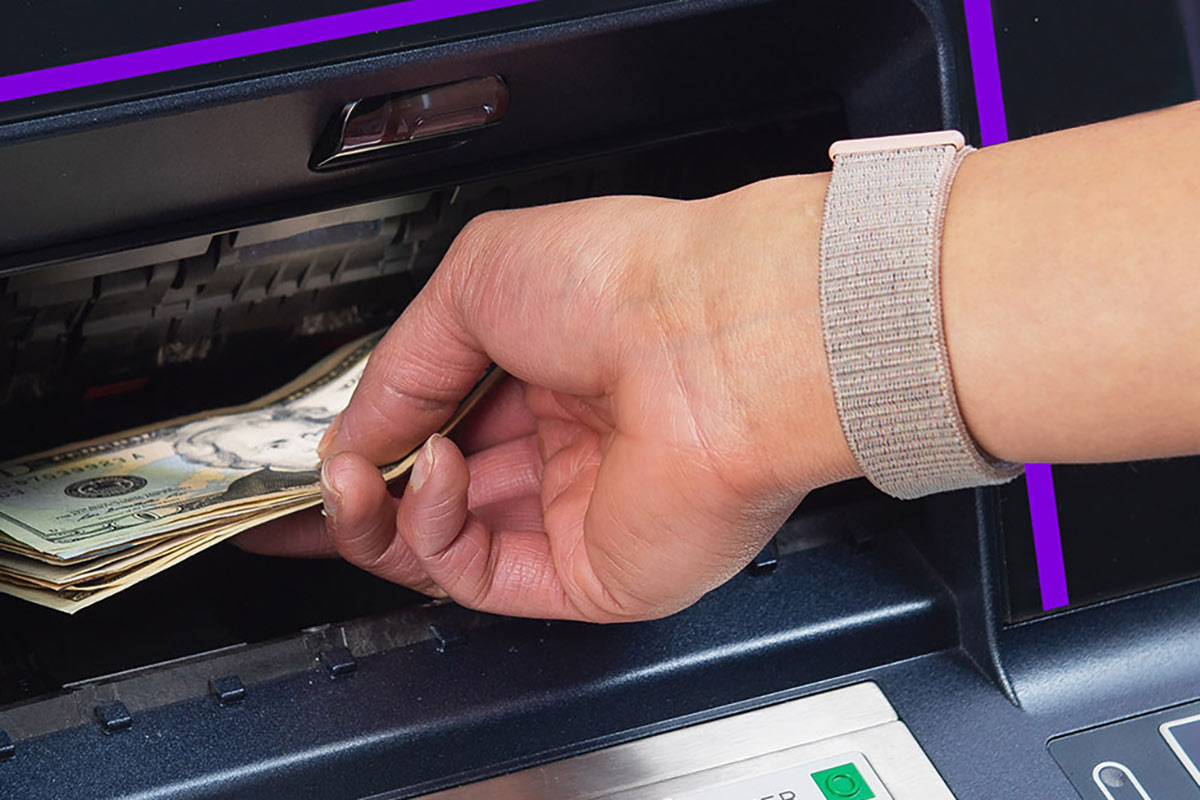According to the Celent research, 20% of financial institutions say they have already implemented drive-through and/or lobby video teller machines, and 17% have implemented assisted self-service devices not involving video tellers. Additionally, a large majority of the market is considering adopting self-service technology in 2023, with non-video in-branch self-service high on the list.
Growing Trend:
A fifth of financial institutions are already using ITMs — either in drive-through lanes or in the lobby.
Our research shows that financial executives ranked self-service solutions as the most critical technology in their current retail branch strategies. And with today’s rising costs and staffing shortages, it is easy to understand why.
But technology solutions are doomed to fail if they don’t carefully consider the user.
As Steve Jobs once said, “You’ve got to start with the customer experience and work back toward the technology, not the other way around.” This wisdom is borne out by our research and experience in working with thousands of executives and seeing how customers are interacting with self-service in bank and credit union branches.
At the end of the day, financial institutions need to make the changes that are necessary to help them sell products. To avoid painful mistakes, it’s wise to take some pointers from those that have already taken the plunge toward increased self-service capabilities and come out on top.
There are many lessons to be gleaned, starting with four easy-to-implement ideas.
Related Resources:
Infographic Guide: Transforming with Self-Service
1. Video ITMs Work Best in Drive-Throughs or Unstaffed Locations
Interactive teller machines (ITMs) have the strongest self-service adoption rate, at 36%, according to our research. But using a two-way video in-branch service model is a big jump that many customers resist. Financial institutions have observed that customers who come in-person to a branch still tend to seek out an in-person interaction.
Additionally, financial institutions implementing this model have found that it actually increases operating costs and decreases client satisfaction. Banks have to staff the branch with people because folks who come in want to talk to a live person. And ITMs don’t eliminate the need for banks to staff call centers to handle complex transactions.
“Right now, customers still want that in-person interaction. Even if we have a machine available, they still look for a person.”
— Credit Union IT Manager
To make this self-service option a part of your strategy, strongly consider putting it into drive-throughs or unstaffed branch locations.
2. Kiosks Shared by Staff and Customers Yield High Satisfaction
One of the areas most ripe for a massive return on investment is leveraging self-service kiosks as central transaction stations for both clients and staff. Repurposing this technology can drastically reduce teller, equipment, and branch footprint requirements.
One appealing complement to the self-service kiosk is to equip associates with tablets that pair with the kiosks. This approach can enable staff to queue up transactions and fulfill them at the kiosk when customers need full service or monitor activity and step in as needed when assisted service will suffice.
This fluid pairing provides the first step into introducing in-branch self-service, while still offering versatility by enabling both clients and associates to complete transactions without having to log in and out of accounts or shift to workstations.
CapEd Credit Union has found success in meeting its members’ varied transaction needs with the combination of tablets and kiosks, said Anna De Leon, business analyst at the $1.1 billion-asset institution based in Meridian, Ida.
3. Enhanced Technology Makes ‘Branch of One’ Feasible
BCU, a $3 billion-asset credit union headquartered in Chicago, has been using self-service technology in its micro-branches, coupled with a tool that gives all staff the ability to securely process cash transactions (deposits and withdrawals) through a recycler or dispenser from anywhere in the branch.
This pairing of capabilities enables the credit union to operate a full-service branch model with one full-time employee. And it not only helps reduce operating costs — it also frees staff to provide the personal, advisory touch needed to engage clients and sell products.
Maximizing the Potential:
Financial institutions can meet clients where they are while still gradually introducing self-service in branches.
4. Integration Boosts Sales and Client Satisfaction
Financial institutions have ever-growing ecosystems designed to deliver delightful client experiences, but they often lack cohesion and are challenging to integrate effectively into the core processing system. This frustrates clients and employees, which in turn can discourage financial institutions from expanding their offerings.
It’s not surprising that 60% of banking executives say integration with their banking core system is the most important factor in determining which self-service option they will select.
Plus, when it comes to fostering client adoption, integration is key. Without integration, clients are only getting access to ATM-like transactions. They still have to see a teller for anything complicated, and they may have to settle for a video teller when they come in-person to a branch.
Integration software enables self-service kiosks to perform nearly all the same transactions a teller can, driving faster client adoption and migration of transactions. This gives financial institutions the ability to migrate high-cost, low-value transactions to self-service without the need for expensive two-way video call center support.
As these four examples show, financial institutions can gradually introduce in-branch self-service that wins client acceptance, creates a great experience, and reduces costs. It’s not an all-or-nothing proposition, but for most financial institutions, it is certainly time to do something.








